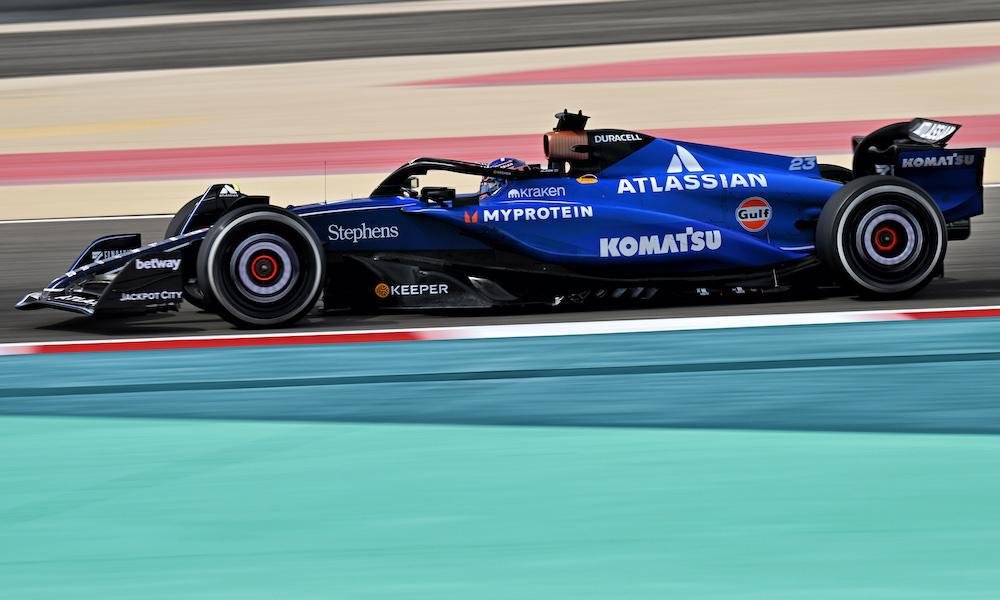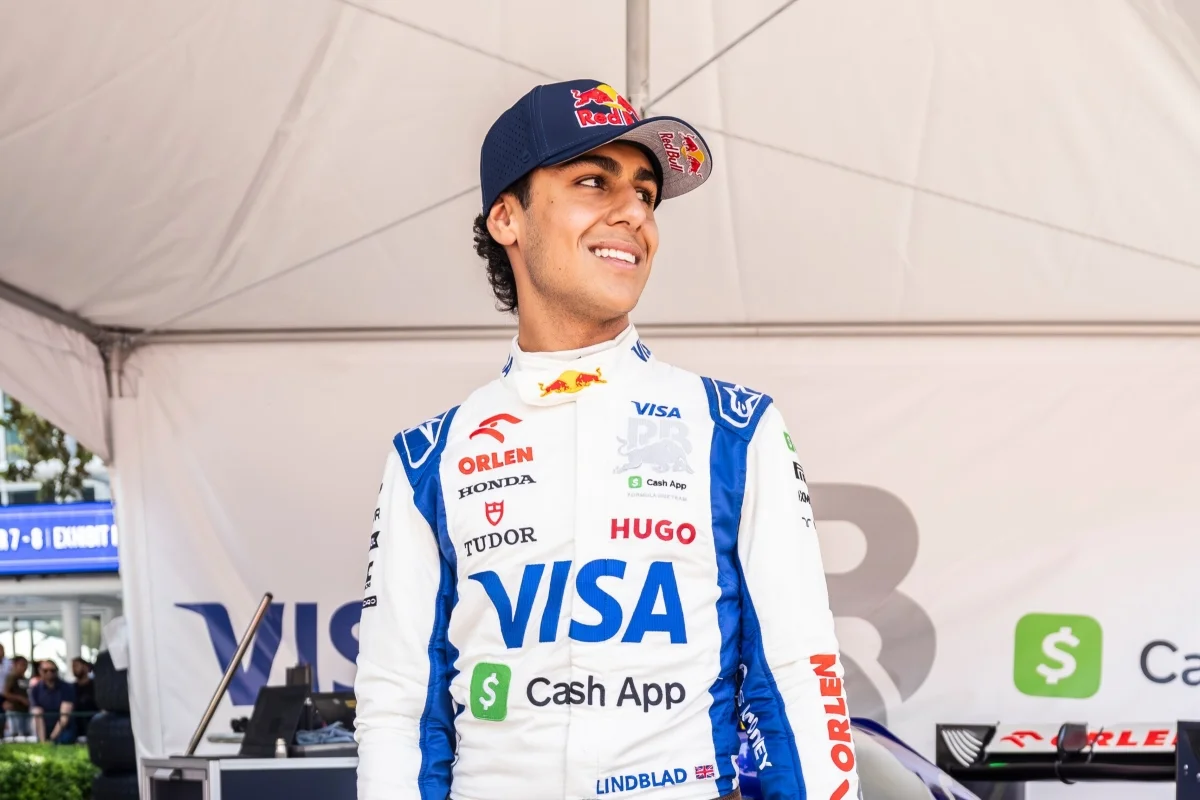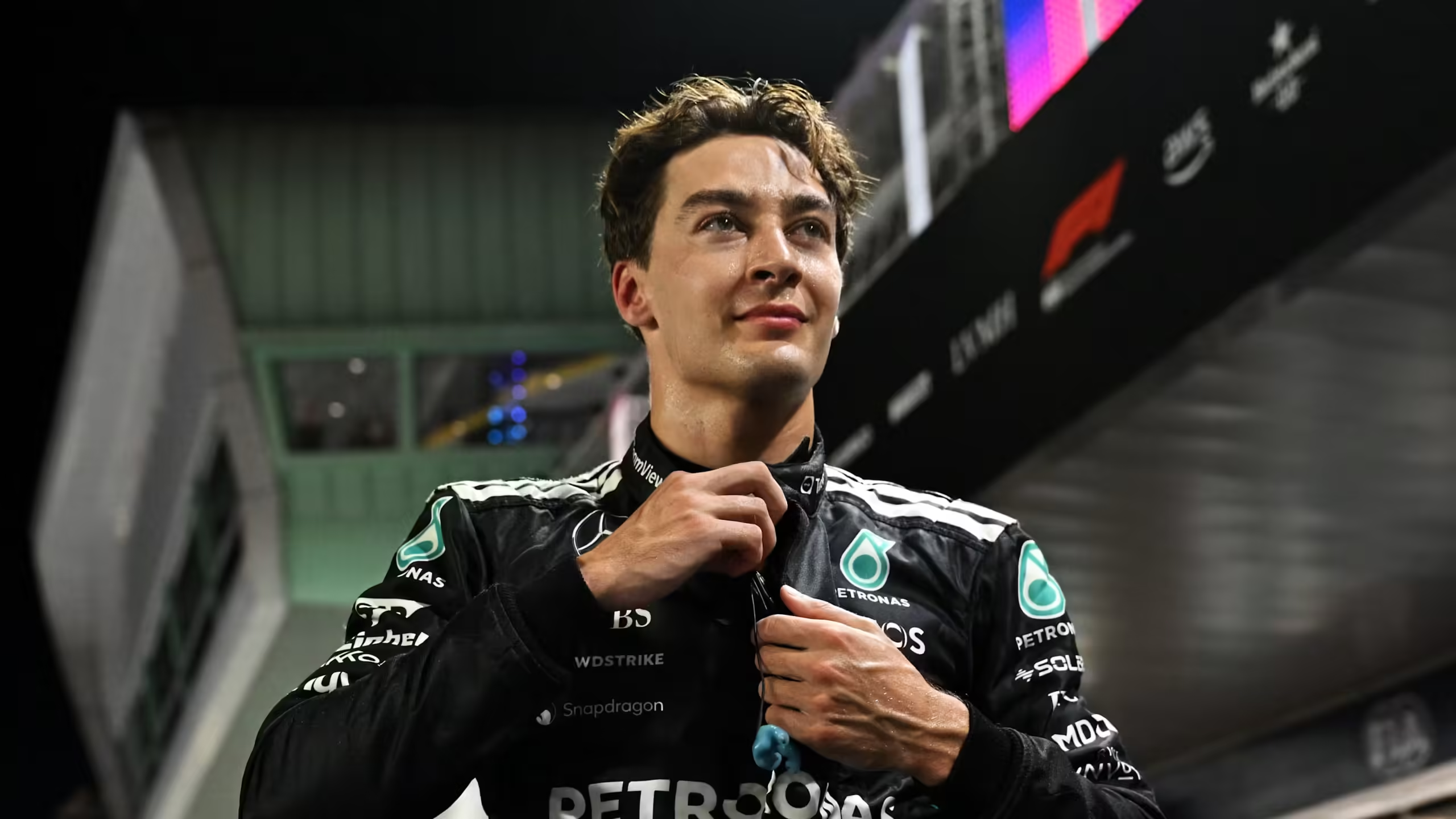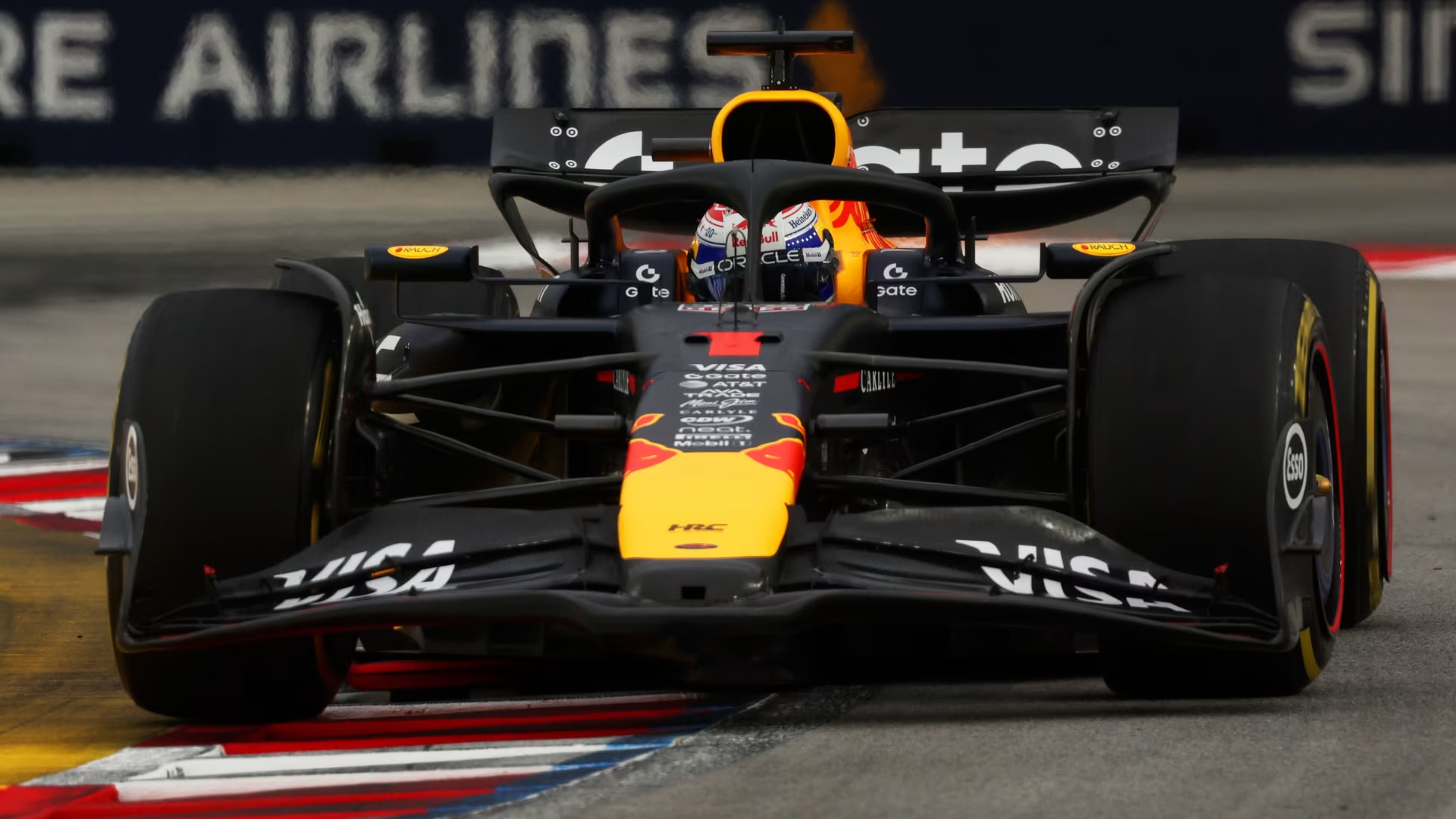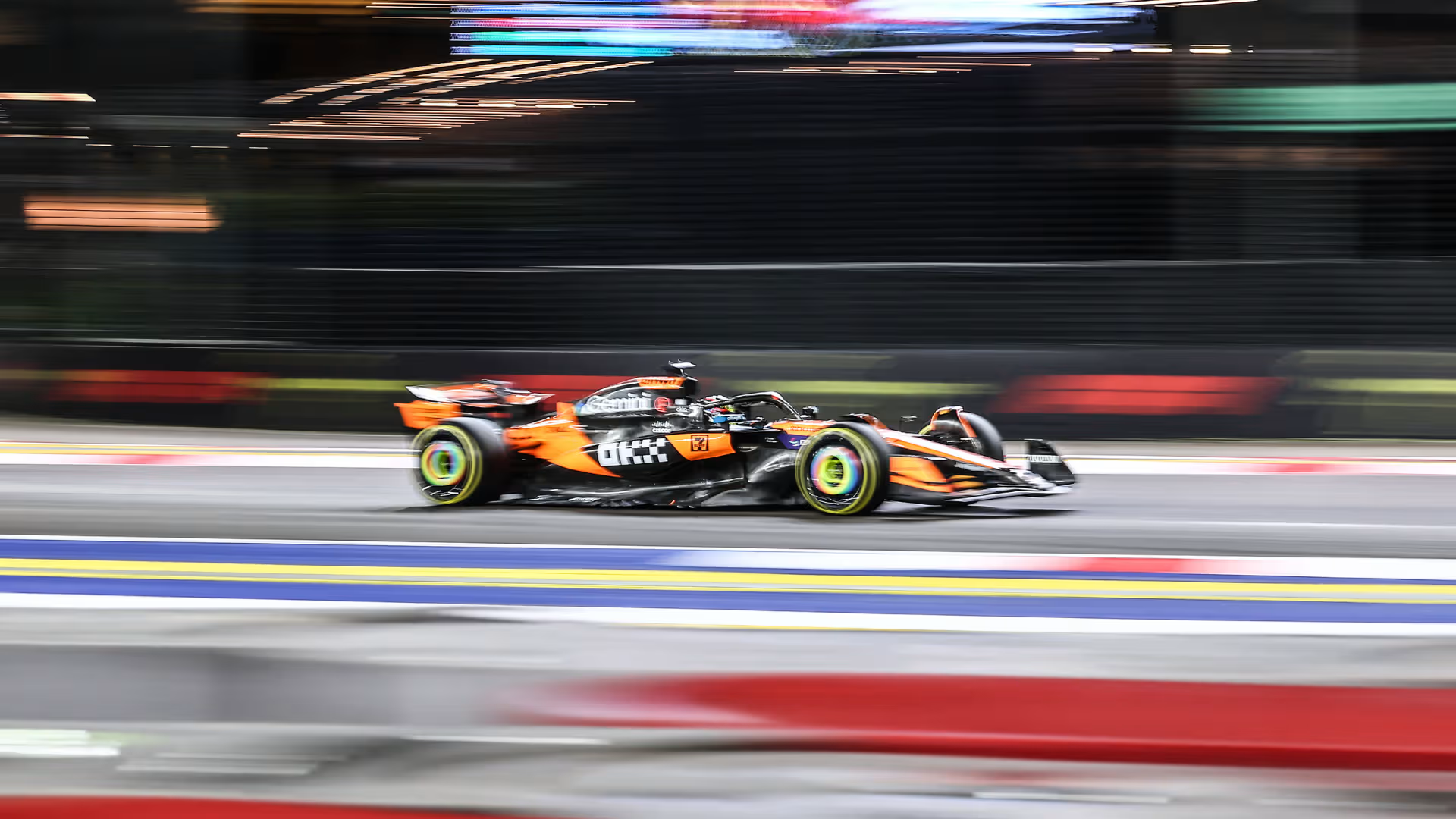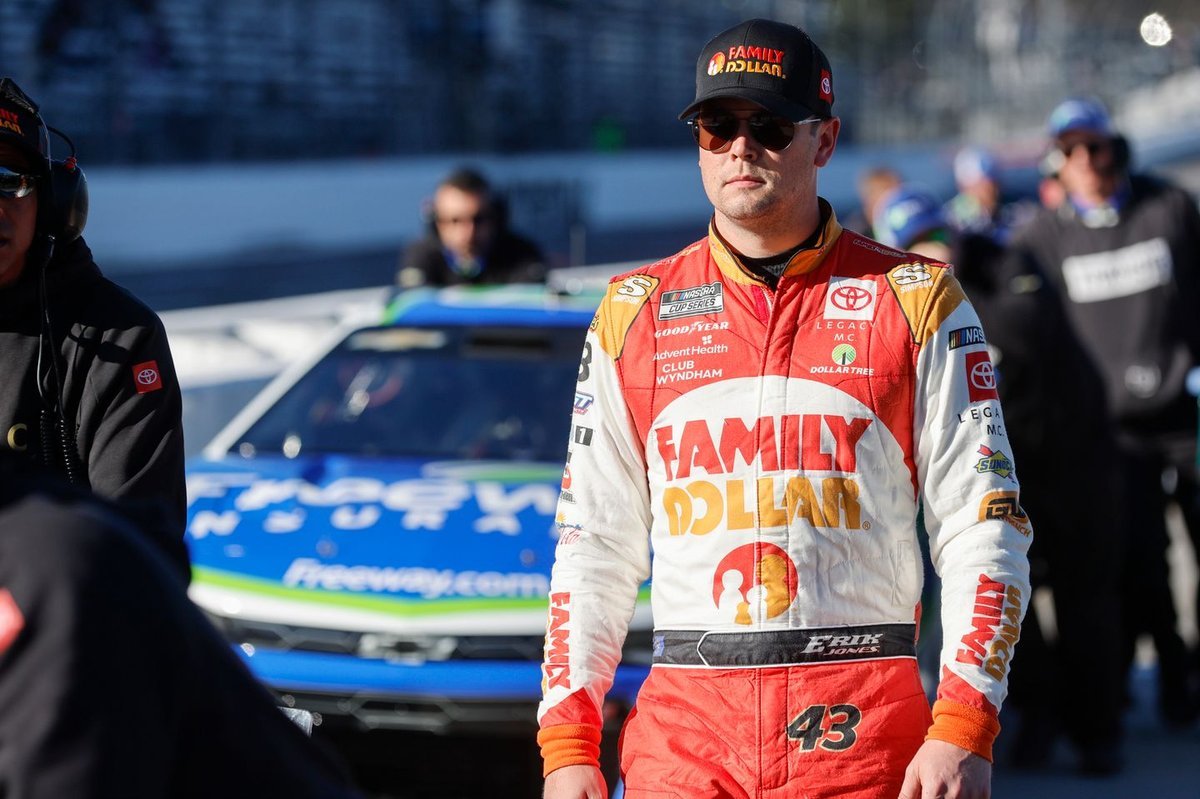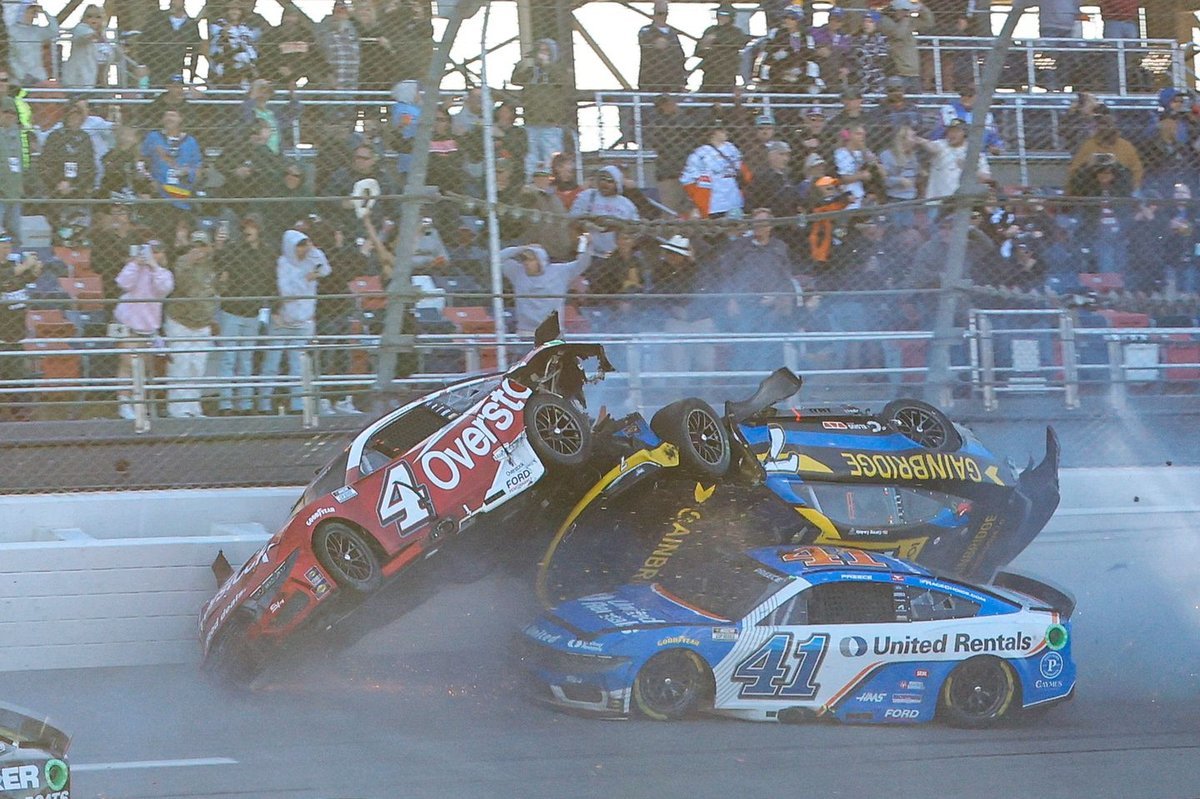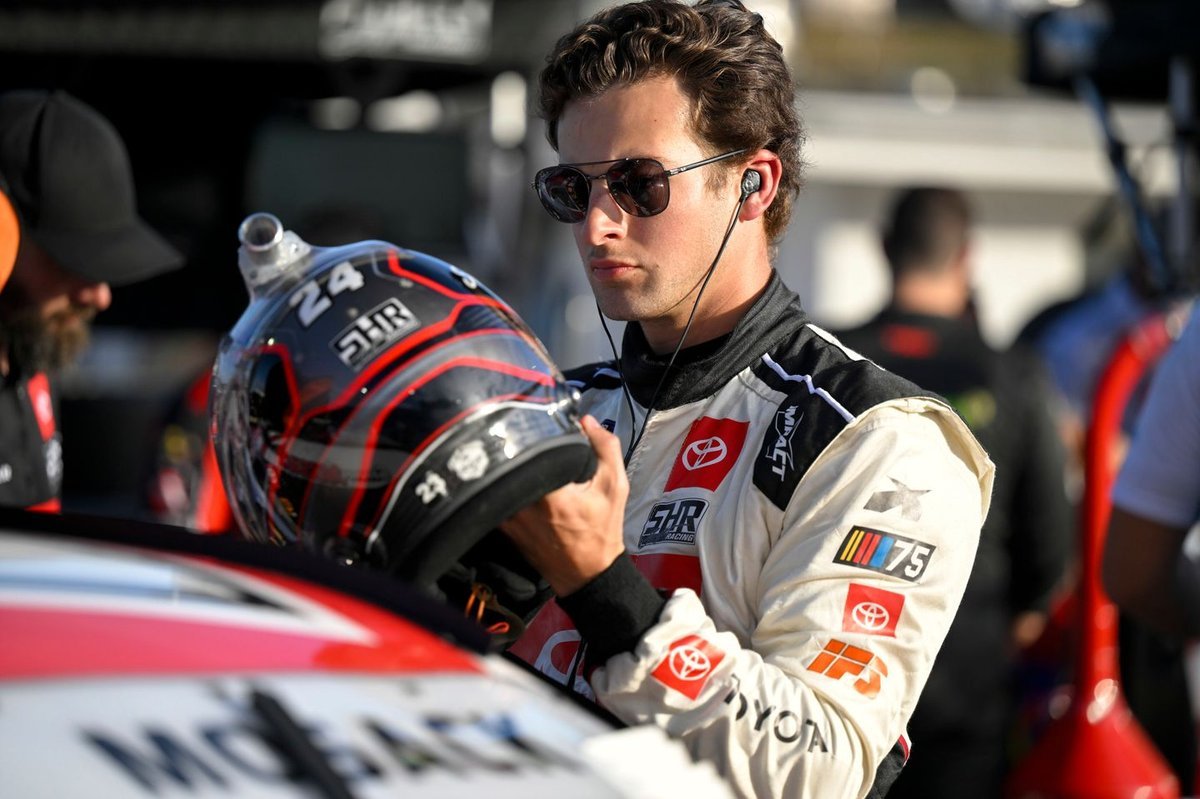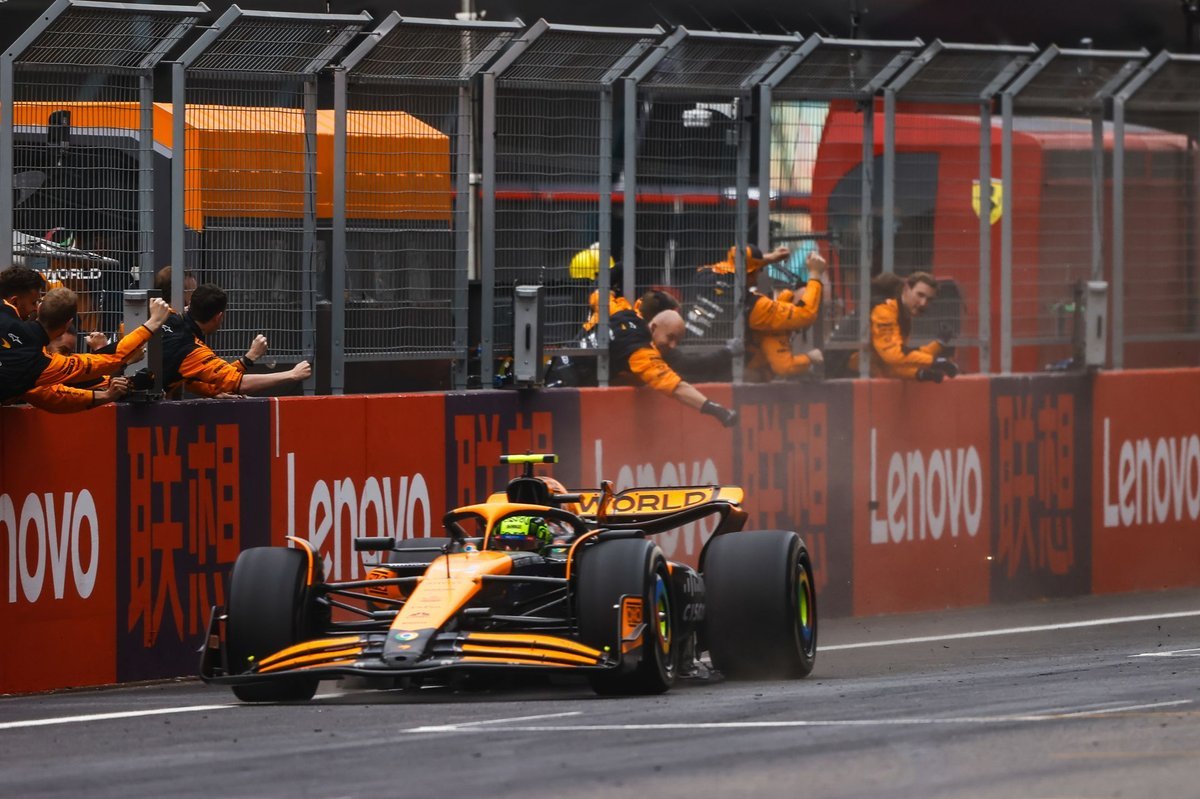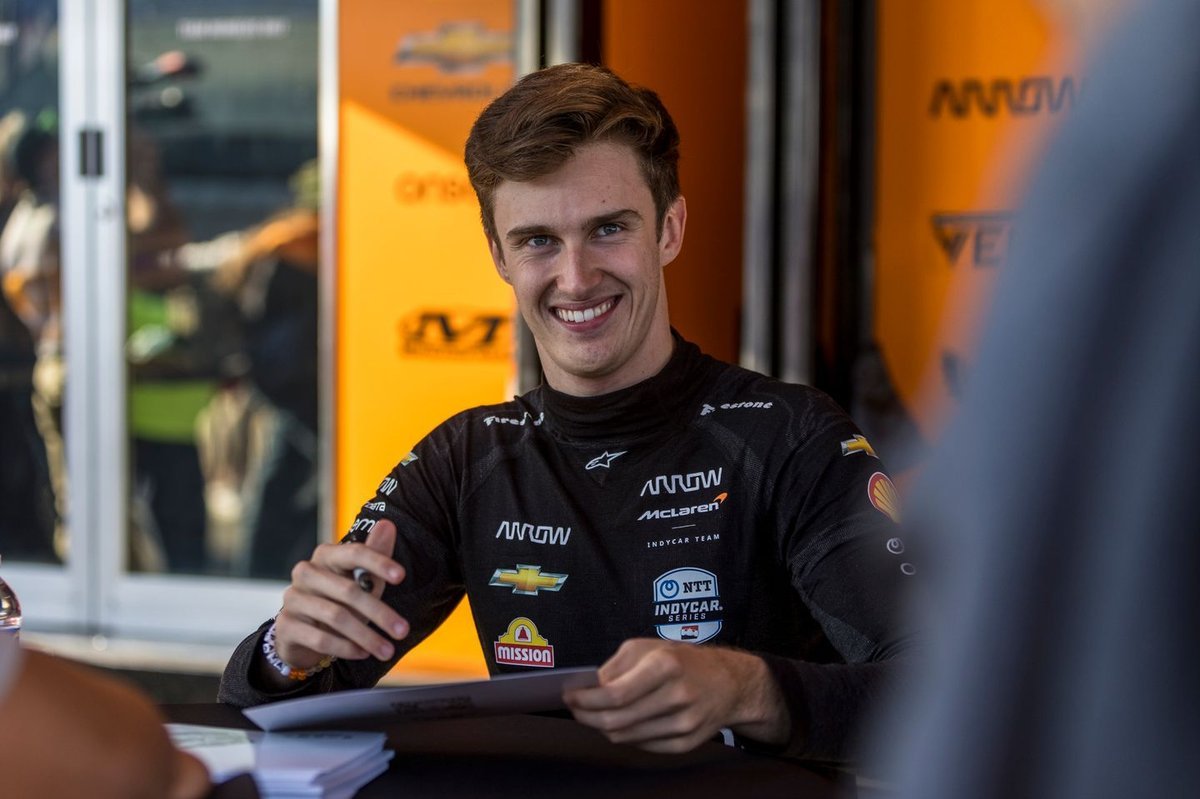Ever since winning the 1997 Formula One Drivers’ Championships, the curve has been facing downwards for Williams Racing. They won nine Constructors’ Championships between 1980 and 1997, but for much of the last 27 years, they’ve barely even been a shadow of their former selves.
In the last 7 seasons, they finished 10th four times. Riddled with poor performance, outdated infrastructure, and limited resources, the team from Oxfordshire has trailed behind in Formula One. However, the 2025 season feels different. With the half season gone, it seems as though Williams Racing are finally turning the corner.
2024: A Blessing In Disguise
The team scored a meagre 17 points as they scraped their way through to a 9th-place finish in the 2024 season.
More than anything else, the season exposed multiple flaws in Williams’ infrastructure and planning processes. The FW46 car began the season overweight due to a rushed design phase, compounded by old planning systems and frequent on-track accidents that delayed development. It wasn’t until late summer that the team achieved the minimum weight limit, by which time the season had mainly ended.
To make matters worse, their drivers retired a collective 11 times across the season, including a double retirement at the Canadian Grand Prix.
However, they learned from the mistakes of 2024, and put those to good use. The results? That’s for all to see in 2025.
Changes Made In 2025: The Car
The pre-season testing for the 2025 Formula One Season looked promising, thanks to changes in the car, drivers, and team structure. Lessons from 2024 informed nearly every decision going into the FW47, the car that now appears to be redefining Williams’ competitive trajectory.
A significant change for 2025 lies beneath the bodywork. Williams didn’t find much success with the pull-rod layout they had retained in 2024, unlike other Mercedes customer teams like Aston Martin. As a result, they strategically adopted Mercedes’ 2024 gearbox and its associated pushrod rear suspension.
While the pushrod system added a minor centre-of-gravity penalty, it freed up space and simplified the internal suspension layout. The changes were, therefore, more straightforward and improved damping and springing control, and helped with better handling across circuit types.
According to Dave Robson, the Chief Engineer at Williams, the transition was made after carefully analysing the aerodynamic and mechanical trade-offs.
The FW47 also underwent a complete overhaul of its cooling system and aerodynamic packaging. Williams redesigned the central and side pod coolers, moving and reshaping them to improve airflow over the top body and into the rear, a crucial area for maximising downforce and efficiency.
A critical milestone for the team was starting the 2025 season with a car below the minimum weight of 800 kilograms, which led to strategic additions of ballast depending on circuit-specific demands.
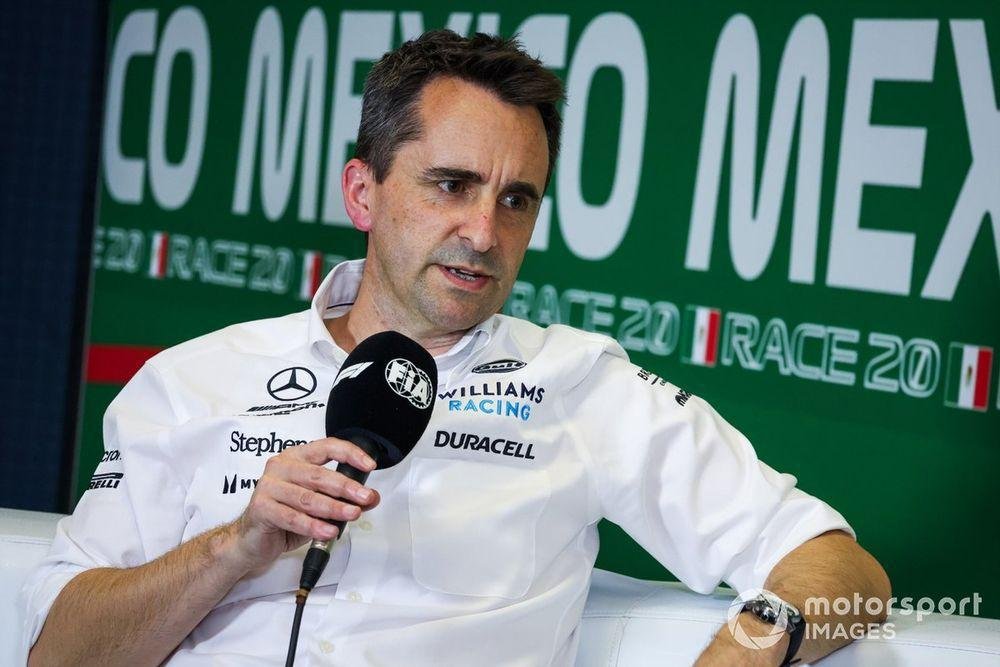
Changes Made in 2025: The Drivers
A reshuffled team of drivers have added to an improved performance for Williams in 2025.
Playing his 4th season as a part of the team, Alex Albon remains a key figure in the team’s resurgence. Known for his technical feedback and racecraft, Albon has helped shape the direction of the FW47’s development.
However, the most significant addition was the arrival of Carlos Sainz Jr., who brought a wealth of experience from stints at McLaren, Ferrari, and most recently, back at the Silver Arrows. Sainz immediately made his mark during Bahrain testing, topping the timesheets on day two and impressing the team with his feedback and adaptability.
Both drivers had little to no handling issues with the FW47 in Bahrain, where the team set the fastest lap during pre-season testing.
Importance of the FW47
While fuel loads and run plans make direct comparisons tricky, it’s clear that the FW47 has pace. The car was also largely reliable, with only a few minor issues reported, which was crucial given the limited pre-season testing window in modern Formula One.
Robson highlighted the team’s more scientific and simulation-based approach to car setup and development. He’s also stressed on the importance of a future-forward thinking, courtesy of data-driven precision over trial-and-error methods.
The car’s improved mechanical and aerodynamic efficiency, reliability, and strategic ballast flexibility keep giving the team a stronger foundation over the course of the season.
Granted, top-four finishes may still be ambitious in a field dominated by Red Bull, Mercedes, Ferrari, and McLaren, Williams could realistically become the ‘best of the rest’.
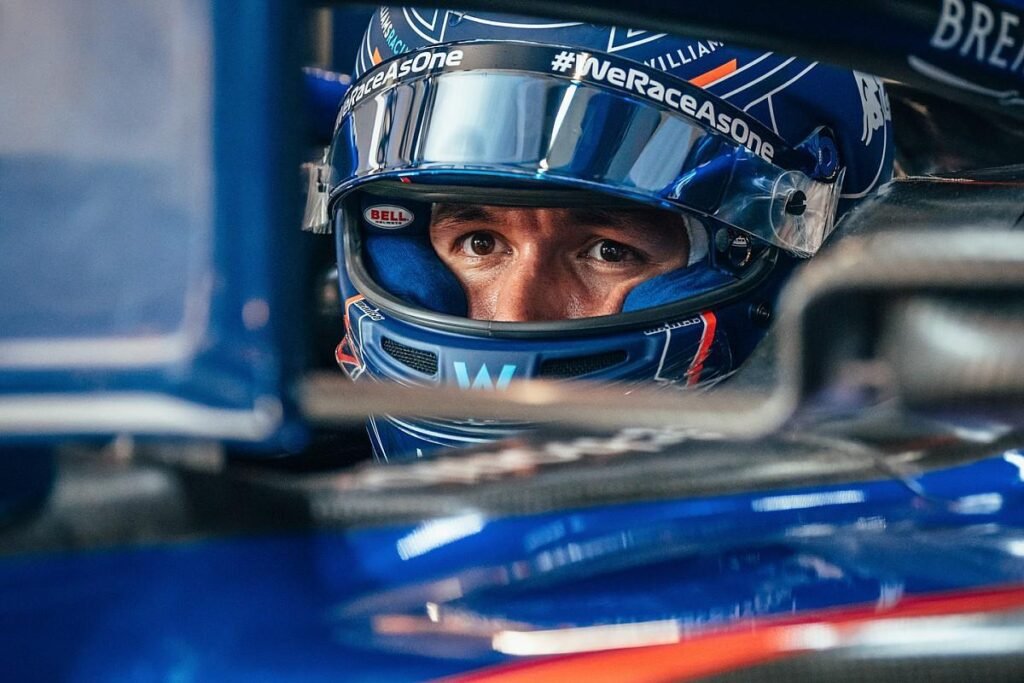
What Does The Future Hold?
It’s still early days in the 2025 F1 season, but the wheels have started to turn for Williams.
They’ve scored 51 points already, which is triple the meagre 17 they managed in 2024.
Last year, the team failed to reach Q2 and rarely broke into the top ten. But, boosted by the pre-season testing in 2025, they are set to compete regularly in the midfield and even aim for Q3 spots.
If they can score the points regularly and occasionally disrupt the top-tier hierarchy, a fifth-place finish for the Constructors’ would be a significant achievement, especially with the 2026 regulation changes on the horizon.
The trajectory is promising, but not without challenges. The 2025 season is a crucial transition year before the new F1 regulations reset the playing field in 2026. Williams’ decision to adopt Mercedes’ pushrod layout for a single year was a calculated gamble, intended to extract as much performance as possible while building technical knowledge for the future.
Their partnership with Mercedes continues to be vital, not only for power units and gearboxes but also for shared engineering insights. Additionally, behind the scenes, the team has reportedly modernised its simulation tools, supply chain management, and operational workflow, leading to quicker and more efficient development. And finally, Williams Racing are competing again!
Monaco GP Driver Standings
| Rank | Driver | Points | Car | Laps | Time |
| 1 | Lando Norris | 25 | McLaren Mercedes | 78 | 1:40:33.843 |
| 2 | Charles Leclerc | 18 | Ferrari | 78 | +3.131s |
| 3 | Oscar Piastri | 15 | McLaren Mercedes | 78 | +3.658s |
| 4 | Max Verstappen | 12 | Red Bull Racing Honda RBPT | 78 | +20.572s |
| 5 | Lewis Hamilton | 10 | Ferrari | 78 | +51.387s |
| 6 | Isack Hadjar | 8 | Racing Bulls Honda RBPT | 77 | +1 lap |
| 7 | Esteban Ocon | 6 | Haas Ferrari | 77 | +1 lap |
| 8 | Liam Lawson | 4 | Racing Bulls Honda RBPT | 77 | +1 lap |
| 9 | Alexander Albon | 2 | Williams Mercedes | 76 | +2 laps |
| 10 | Carlos Sainz | 1 | Williams Mercedes | 76 | +2 laps |
| 11 | George Russell | 0 | Mercedes | 76 | +2 laps |
| 12 | Oliver Bearman | 0 | Haas Ferrari | 76 | +2 laps |
| 13 | Franco Colapinto | 0 | Alpine Renault | 76 | +2 laps |
| 14 | Gabriel Bortoleto | 0 | Kick Sauber Ferrari | 76 | +2 laps |
| 15 | Lance Stroll | 0 | Aston Martin Aramco Mercedes | 76 | +2 laps |
| 16 | Nico Hulkenburg | 0 | Kick Sauber Ferrari | 76 | +2 laps |
| 17 | Yuki Tsunoda | 0 | Red Bull Racing Honda RBPT | 76 | +2 laps |
| 18 | Kimi Antonelli | 0 | Mercedes | 75 | +3 laps |
| 19 | Fernando Alonso | 0 | Aston Martin Aramco Mercedes | DNF | 0 |
| 20 | Pierre Gasly | 0 | Alpine Renault | DNF | 0 |

